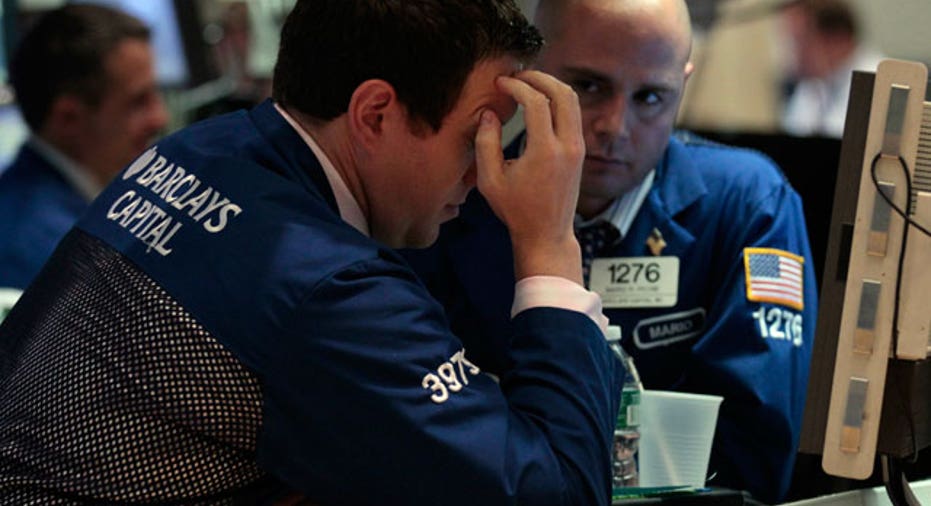A New Tradition for Trading Trends

We live within the backwash of several huge market waves. The latest market moves have forced investors into a crisis reexamination following mid-April’s sure and steady unraveling of what were both very reliable and profitable trading trends throughout the first quarter of 2015.
As a result of that unwinding, a great many implicit values and suppositions regarding our market culture are beginning to change. Many still cherish a yearning to be rooted in old market drivers, and they feel frustrated as that becomes more impossible to achieve amid shifting patterns of economic growth, employment, central banks cause financial markets to be turned inside out.
Through the past several quarters there have been persuasive moves in energy, interest rates, and foreign exchange all of which came to a most recent screeching halt. These were hard-charging; take no prisoner trends as the new market prices uttered the dominating effects of a new macro mind thought including a free falling in inflation expectations, the ascendency of the U.S. dollar, a sharp rise in foreign currency and fixed-income volatility coinciding with a sharp devaluation of any currency associated with the new oil price.
Energy
Fundamentally, the most recent bounce-back in crude prices makes little sense as it occurred despite data that showed the largest weekly U.S. crude oil stockpiles since 1981 and the highest monthly inventory level since 1930. It is absolutely true that a decline in U.S. rig counts, slowing U.S. supply and escalation of conflict in Yemen have played culprit. Yet, the case for crude still appears bearish as North Sea production is set to rise, UAE raises productive capacity over the next three years, and Libyan production continues to surprise to the upside.
Personally, I believe the recent price action has relatively little macro-focus and a lot more to do with the markets new tradition of finding sentiment when there’s little to be found.
Interest Rates
Authorities seem to agree that although a government bond “risk to exit” scenario doesn’t seem overly likely, it’s definitely worth recalling the episodic 2013 “taper tantrum” scare as investors together headed for the exits to reduce their fixed-income holdings.
Despite disappointing U.S. GDP data coupled with a once again furthering of Fed “lift-off,” we witnessed a sharp and unadulterated rise in U.S. yields from a mid-April low of 1.85% to a fresh 2015 high of 2.31%. In all fairness, most – if not all of this is a direct function of the dramatic jump in European yields – notably the German 10-year Bund yield which, in less than a month, climbed from .05bps to .72bps – the largest increase since 2013.
It is true that Europe was the main cause of the recent global debt rout and I can only hope that the trend is nothing other than a reflection of elevated nominal growth expectations for the continent. It was the disordered violence of the market moves that shook me to my core.
Foreign Exchange
A mixture of poor manufacturing data, weaker-than-expected producer prices, and disappointing GDP growth was recipe enough to push any likelihood of a Fed rate hike onto the back-burner. Add onto this language that hinted of concern over the greenbacks preeminence quickly causing a first time in ten-month depreciation of the U.S. dollar. In less than a month the markets added 6% to the Brazilian Real, 5% to the Canadian dollar, and 4.6% to the Euro.
Some will point to the muddy picture in the U.S. economic data while highlighting promising data from Europe for the cause of the U.S. dollars crash. Despite the economic data divergence, the U.S. data does remain sturdy and better than in most economies. Yet, the warnings from these recent moves are disquieting. The more often we witness jumbo-sized moves in commodities, the greater the risk that we incur with a U.S. dollar that springs out like a jack-in-the-box similar or worse than 1997, when there was a one-way capital flight to our shores, squashing emerging market economies wholesale in the process.
It used to be that economic basics (i.e. supply, demand, economic forecasts, and earnings) would always pilot the early stages of a market move; technicals would then serve the intermediate stage to confirm and comfort the investor who would then ultimately rush-in to express his conviction - ultimately causing a general market overshoot in both fundamentals and reality. All of that has changed as markets are in a severe state of confusion – acting out on a variety of “what if’s” and tall tales yet not realizing that nothing yet has actually changed.
Markets are like a boxing ring promoting a brutal clash with their latest expression showing that perhaps attitude is more important than facts, that everybody has a point of view and that point of view distorts, that entire governments can live in its own private world and sell a story that does not cohere with reality, that all trends are suspect.